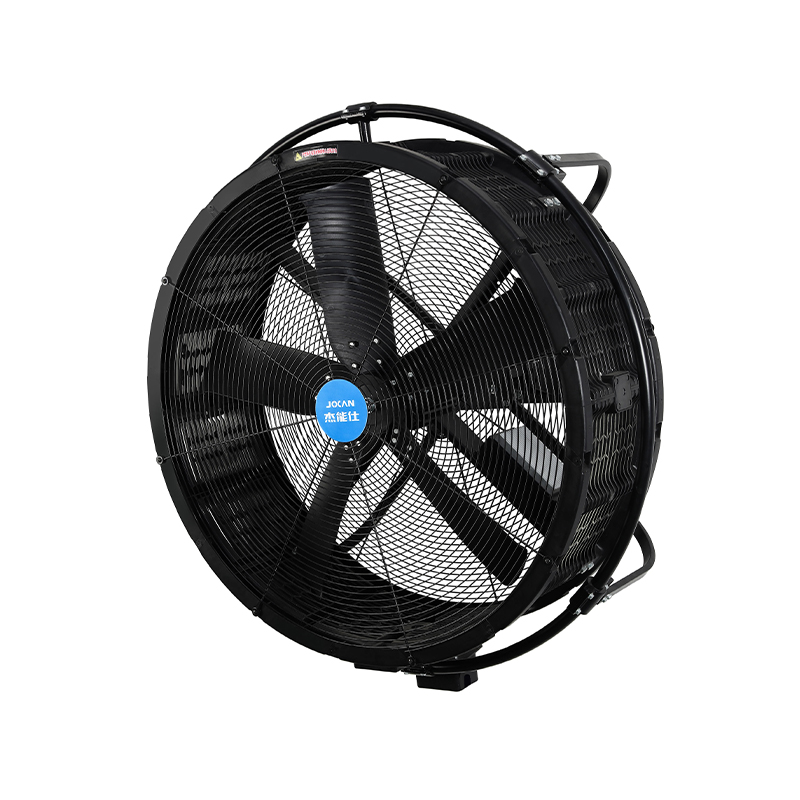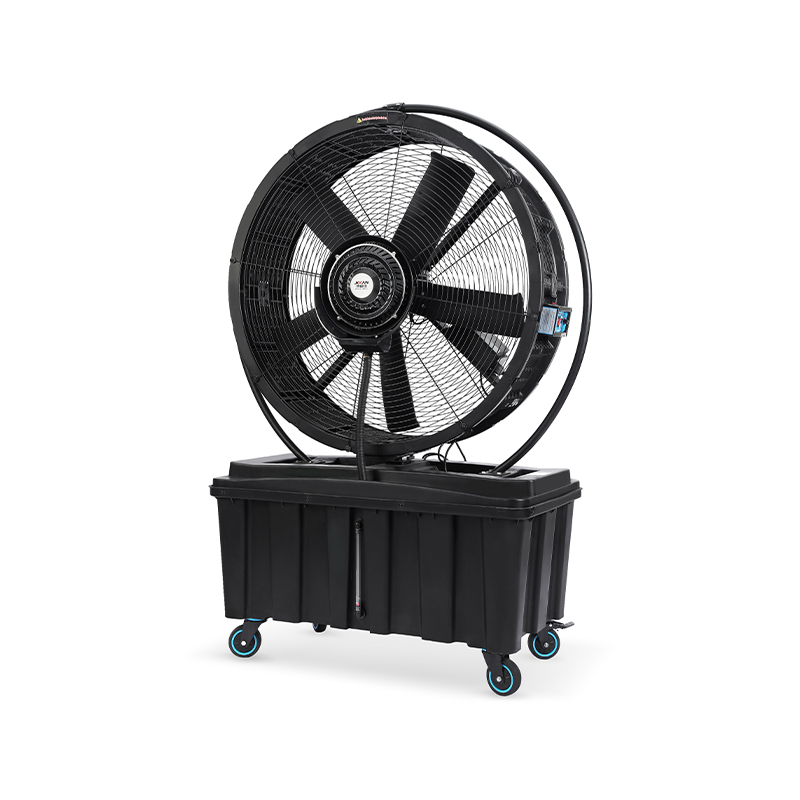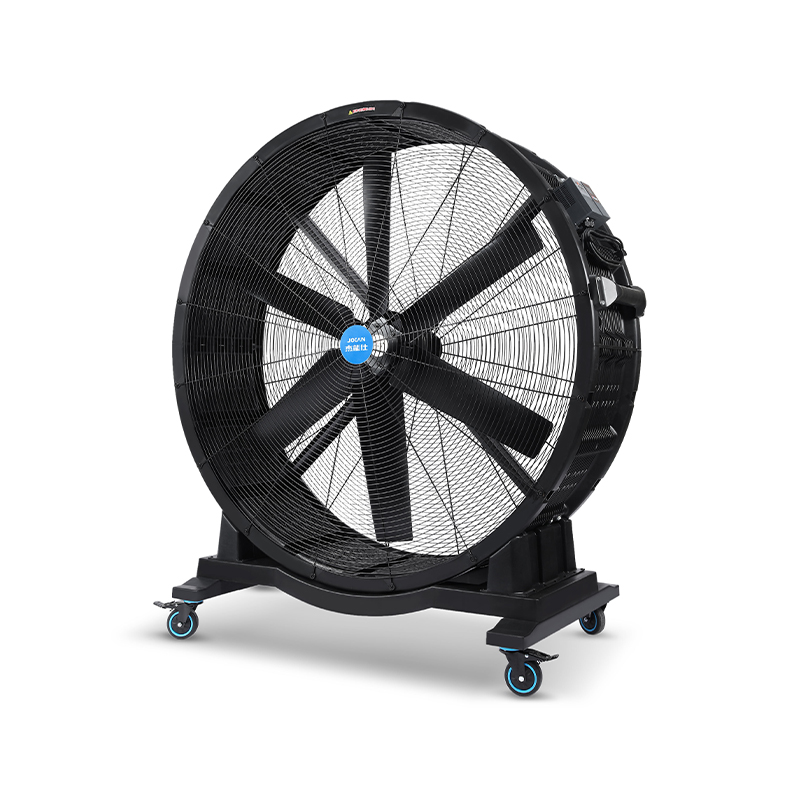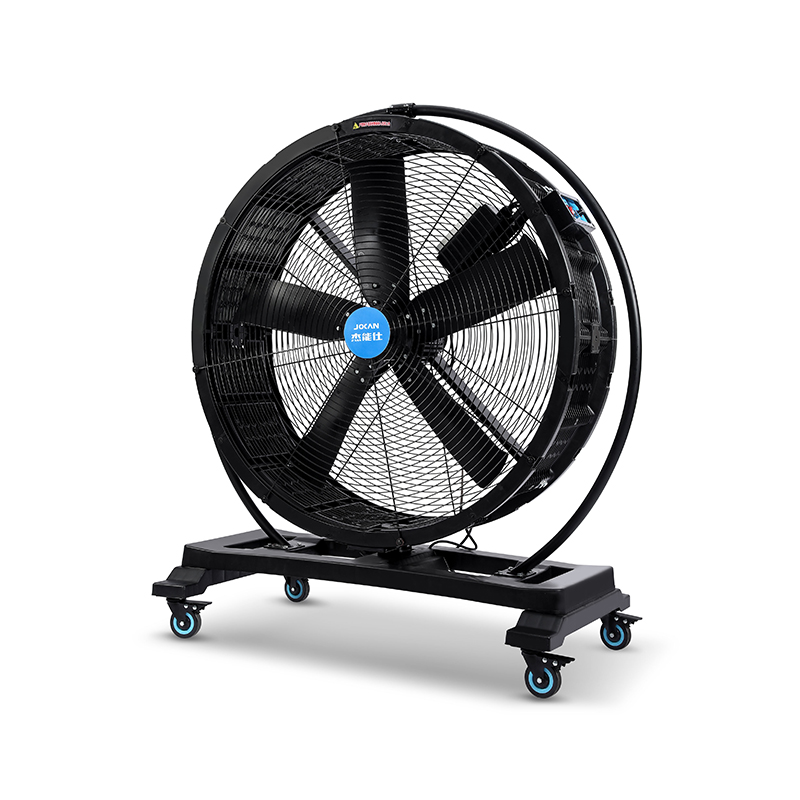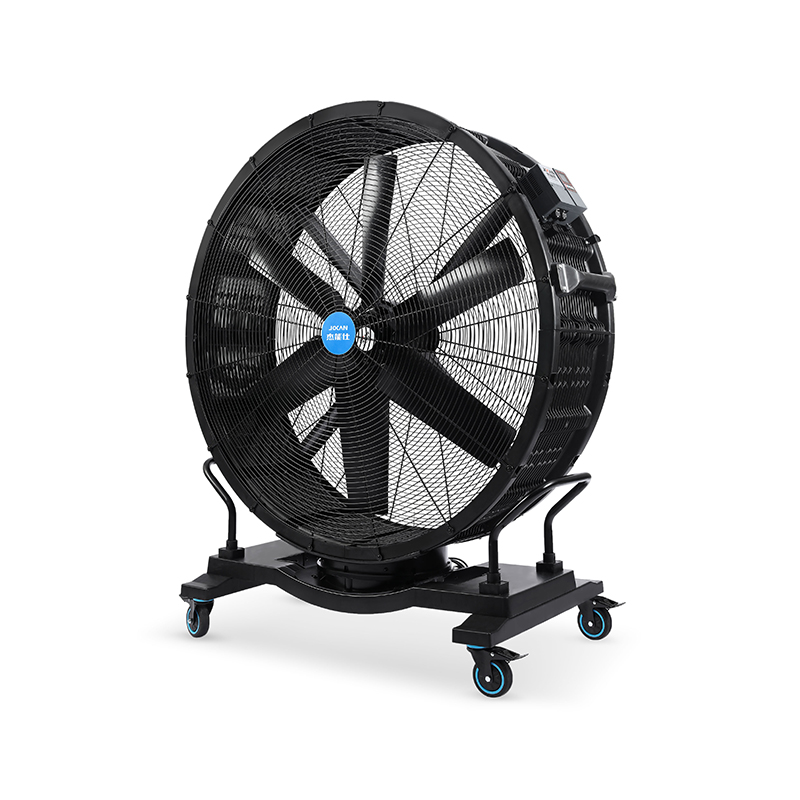As energy efficiency becomes an increasingly important global objective, the design and implementation of airflow solutions are evolving to meet these demands. Industrial and commercial facilities worldwide are exploring ways to improve ventilation while reducing energy consumption. Products such as the cooling spray fan, high volume duct fan, and ceiling mounted industrial fans are playing a significant role in achieving this balance between performance and sustainability.

Cooling spray fans have gained attention as effective tools for reducing temperature in large spaces while conserving energy. Unlike traditional air conditioning systems, cooling spray fans use a combination of airflow and mist to provide a cooling effect. This technology lessens the need for excessive electricity consumption while maintaining a comfortable environment. The integration of cooling spray fans in warehouses, factories, and agricultural settings illustrates how airflow solutions can align with global energy goals by lowering power use without sacrificing airflow efficiency.
Similarly, high volume duct fans contribute to efficient air distribution in complex ductwork systems. These fans are engineered to move large amounts of air through ducts, ensuring ventilation requirements are met without forcing systems to work harder than necessary. By optimizing air movement, high volume duct fans reduce the load on heating and cooling systems, which translates into energy savings. Facilities employing these fans can better manage airflow to maintain indoor air quality and temperature control, supporting broader sustainability initiatives.
Ceiling mounted industrial fans offer a versatile solution for circulating air in various industrial and commercial environments. By being installed overhead, these fans promote even air distribution across wide areas, preventing hot spots and reducing the need for localized cooling equipment. Ceiling mounted industrial fans are designed to operate efficiently, often using motors that consume less power while still delivering sufficient airflow. This makes them valuable contributors to energy-conscious ventilation strategies.
One of the key advantages of integrating cooling spray fans, high volume duct fans, and ceiling mounted industrial fans is their compatibility with modern energy management systems. These fans can be linked with smart controls that adjust speed and operation based on real-time conditions. This adaptability ensures that airflow is delivered only when and where it is needed, reducing wasted energy. For example, cooling spray fans can activate in response to rising temperatures, while high volume duct fans can modulate airflow during different production shifts or occupancy levels. Such control not only supports energy goals but also improves operational efficiency.
In addition to energy savings, these airflow solutions help facilities comply with evolving environmental regulations. Many regions are setting stricter standards for energy consumption and emissions, encouraging businesses to adopt technologies that reduce environmental impact. The use of ceiling mounted industrial fans, cooling spray fans, and high volume duct fans demonstrates a commitment to sustainability by improving indoor environments while lessening energy footprints. This approach can also contribute to certifications related to green building and energy performance.
Case studies from various industries show that deploying these airflow technologies often results in noticeable energy reductions. For instance, a manufacturing plant that replaced conventional fans with ceiling mounted industrial fans reported decreased electricity use, along with improved worker comfort. Another example includes a large storage facility that integrated cooling spray fans, achieving temperature control with significantly less energy than traditional air conditioning. Facilities using high volume duct fans in their ventilation systems have noted smoother airflow and lower operational costs. These practical experiences underline the potential benefits of aligning airflow solutions with energy goals.
Maintenance considerations also favor these types of fans. Cooling spray fans, high volume duct fans, and ceiling mounted industrial fans are typically designed for durability and ease of service. Reduced maintenance needs can indirectly support energy goals by keeping systems running efficiently and avoiding energy losses caused by wear or malfunction. Well-maintained fans operate closer to their intended performance, helping to sustain energy savings over time.
Looking ahead, advances in materials and motor technology are expected to further enhance the efficiency of these fans. As the demand for energy-conscious ventilation grows, manufacturers continue to explore ways to reduce power consumption while maintaining airflow capacity. Innovations such as variable speed motors and improved blade design are likely to become more common in cooling spray fans, high volume duct fans, and ceiling mounted industrial fans, reinforcing their role in global energy strategies.
 Add: Plot 23, Huanglang Industrial Zone, Jinqing Town, Luqiao District, Taizhou City, Zhejiang Province
Add: Plot 23, Huanglang Industrial Zone, Jinqing Town, Luqiao District, Taizhou City, Zhejiang Province
 TEL: +86-13586083215
TEL: +86-13586083215

 English
English English
English عربى
عربى 한국어
한국어


